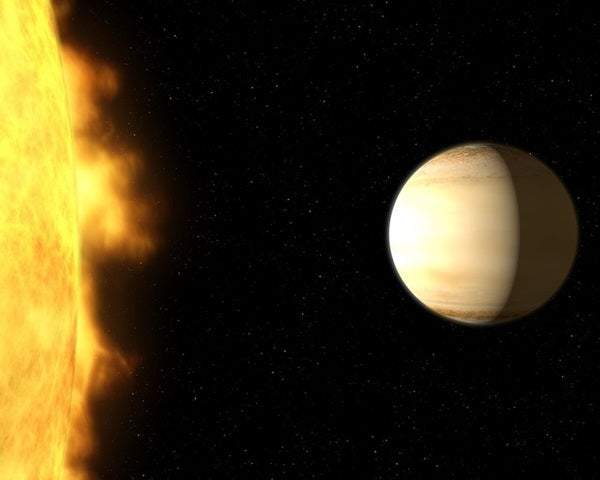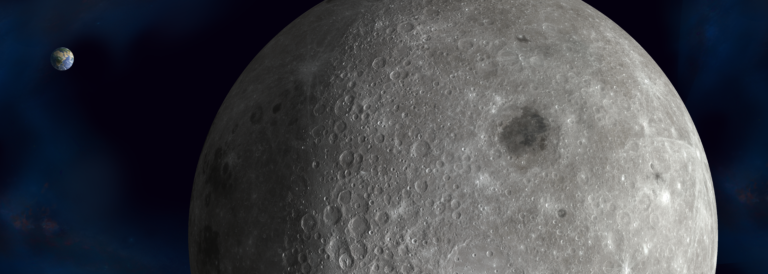Dissecting the atmospheric compositions of exoplanets helps us interpret the vast and complex universe we live in — and our own solar system, closer to home. Our findings continually pump the public and science community alike with curious excitement, and with the most comprehensive set of observations ever conducted, exoplanet WASP-39b’s atmospheric revelations didn’t disappoint.
A team of British and American researchers combined new data from NASA/ESA’s Hubble Space Telescope with previous data from NASA’s Spitzer Space Telescope and ESO’s Very Large Telescope to create an amazingly detailed atmospheric analysis of exoplanet WASP-39b. The results are the most in-depth analysis of an exoplanet atmosphere possible with available technology.
“We need to look outward to help us understand our own Solar System,” said lead investigator, Hannah Wakeford of the University of Exeter and of the Space Telescope Science Institute, in a press release.
An absence of high-altitude atmospheric clouds gave Hubble a clear view deeper inside WASP-39b, making it the perfect target for observation. The exoplanet sits 700 light-years from Earth and orbits a star similar to the Sun. Because WASP-39b is comparable in mass to Saturn but is much closer to its star than Saturn is to the Sun, it is categorized as a “hot Saturn.” The name gives away the obvious temperature disparity: WASP-39b is a sweltering 1,382 degrees Fahrenheit (750 degrees Celsius), while Saturn averages -288 degrees Fahrenheit (-142 degrees Celsius). The exoplanet is tidally locked to its sun, meaning the same side faces its star all the time, but the world’s strong winds blast enough heat to its dark side to make both sides equally hot.
It was predicted that, like Saturn, WASP-39b would be home to water vapor. The team tested this by analyzing the starlight that passed through the exoplanet’s atmosphere. As starlight travels through the atmosphere, it combines with emission from atmospheric atoms and molecules into a single signal. By examining the spectrum and removing the components due to starlight, researchers were able to see the types and amounts of atmospheric gas present.
They found that WASP-39b has much more water than expected, about three times the amount that Saturn has. The high amount of water implies that at one point, the exoplanet was blasted with large amounts of icy materials that accumulated in its atmosphere. However, this wouldn’t have been possible with the scorching temperatures raining down from its host star. The researchers believe that WASP-39b actually formed much farther away from its star than sits now and proceeded to make a significant trek inward over time.
“Exoplanets are showing us that planet formation is more complicated and more confusing than we thought it was. And that’s fantastic!” said Wakeford.
The team hopes to conduct a more in-depth analysis of WASP-39b with NASA’s James Webb Space Telescope, which is set to launch in 2019 and will be able to detect atmospheric carbon. “By calculating the amount of carbon and oxygen in the atmosphere, we can learn even more about where and how this planet formed,” said Wakeford.
WASP-39b holds the throne for the most finely observed exoplanet atmosphere for now, but with our rate of exploration and ever-advancing technology, it shouldn’t get too comfortable.










